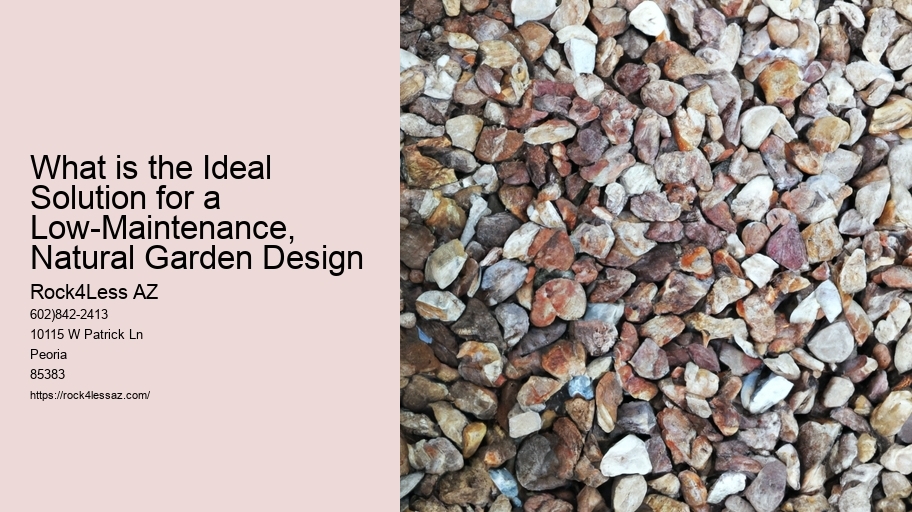In the realm of modern home design, the incorporation of landscape rocks offers a captivating juxtaposition of natural elements against sleek, contemporary architecture. These versatile hardscaping features not only add visual interest but also serve as functional elements in garden design.
With their diverse shapes, sizes, and textures, landscape rocks can be artfully arranged to create focal points, define boundaries, or enhance outdoor spaces. This article delves into the best practices for seamlessly integrating landscape rocks into a modern home design, providing expert insights for those seeking to elevate their outdoor aesthetic.
Using Landscape Rocks as Hardscaping Elements
When designing a modern home, incorporating landscape rocks as hardscaping elements can enhance the overall aesthetic and functionality of the space.
Landscape rocks can be used in various ways to create stunning visual features and improve the functionality of outdoor areas. One way to incorporate landscape rocks is by using them as natural dividers or borders. Placing rocks strategically along pathways or garden beds can define spaces and create a sense of structure.
Additionally, landscape rocks can be used as focal points or accents in the design. By selecting unique and interesting rocks, homeowners can add visual interest and create a sense of harmony with the surrounding environment.
Furthermore, landscape rocks can be utilized in water features, such as ponds or waterfalls, to create a natural and serene atmosphere.
Incorporating Landscape Rocks in Garden Design
The incorporation of landscape rocks in garden design can greatly enhance the aesthetics and functionality of outdoor spaces. By strategically placing rocks in your garden, you can create a visually appealing and low-maintenance landscape.
Here are four ways to incorporate landscape rocks in your garden design:
Pathways: Utilize rocks to create a beautiful and natural-looking pathway through your garden. Arrange them in a pattern or scatter them randomly for a more organic feel.
Borders: Use rocks as a border for your flower beds or to separate different areas of your garden. This will add definition and structure to your landscape.
Water features: Incorporate rocks into your garden's water features, such as fountains or ponds. The rocks can create a stunning contrast and add texture to the water feature.
Accent pieces: Place larger rocks strategically throughout your garden as focal points or as a backdrop for plants. This will add interest and visual depth to your outdoor space.
